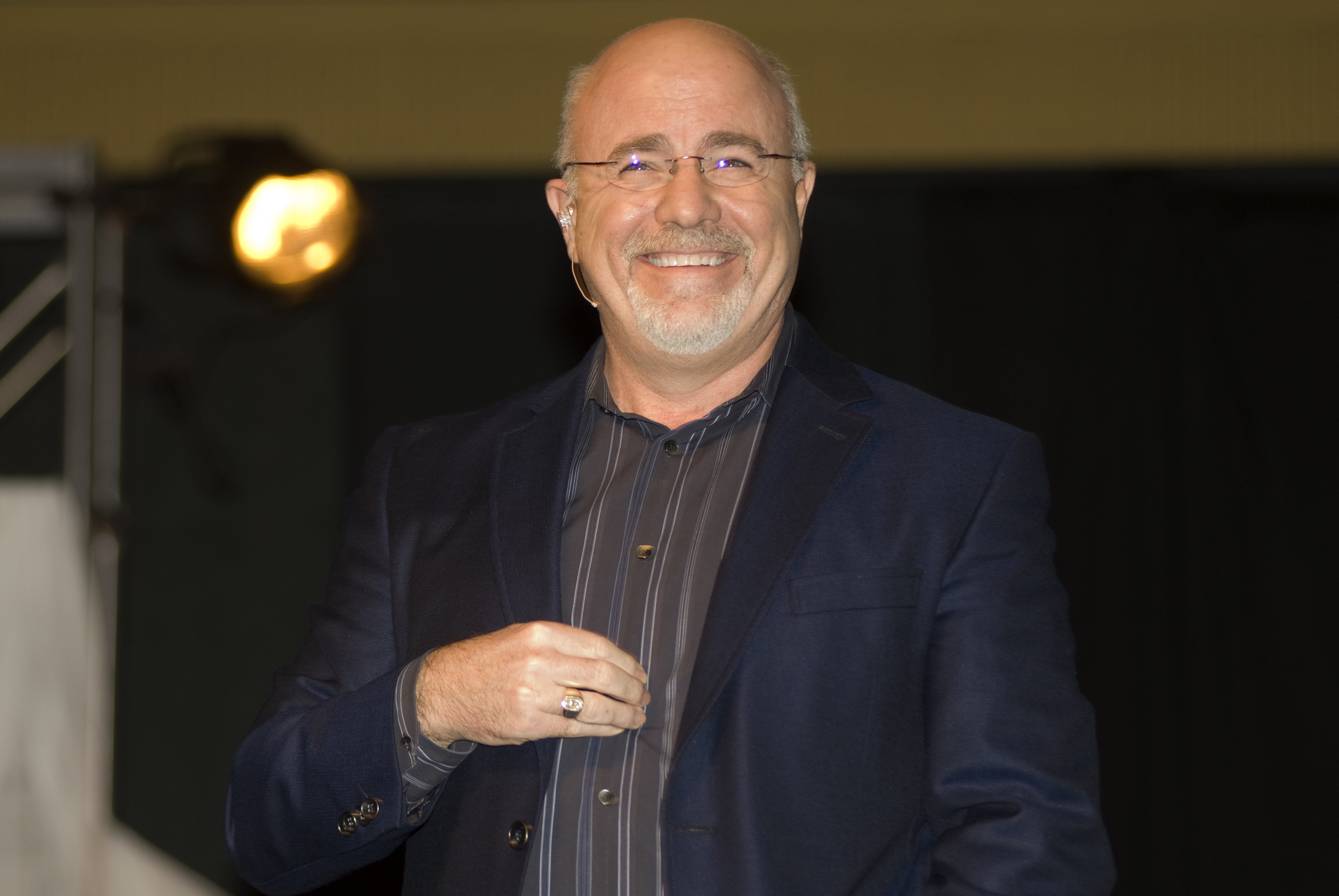Where was the board of J.P. Morgan Chase & Co. (NYSE: JPM) when risk management might have stopped the “London Whale” problem and other investment decisions the bank probably should not have made? The Federal Reserve and Comptroller of the Currency reported that the bank has agreed to improve its risk management, among other things, and that J.P. Morgan’s board of directors will carry out much of the process. Source: Thinkstock
Source: Thinkstock
Within 60 days of this Order, JPMC’s board of directors shall submit to the Federal Reserve Bank of New York (the “Reserve Bank”) an acceptable written plan to continue ongoing enhancements to the board’s oversight of JPMC’s firmwide compliance risk management program with regard to compliance with BSA/AML Requirements. The plan shall describe the actions that the board of directors will take to improve JPMC’s firmwide compliance risk management with regard to BSA/AML Requirements, including, but not limited to, measures to ensure that compliance risk is effectively managed across JPMC, including within and across business lines, support units, legal entities, and jurisdictions in which JPMC and its subsidiaries operate.
The order raises the question of what the board’s role was before the trading problem in London, which cost the bank roughly $6 billion and a great deal of its reputation as the best-managed American based bank. The Fed did not ask CEO Jamie Dimon or his management team to submit a new risk plan; it put the board at the center of the “enhancements.”
The J.P. Morgan board risk management issue is not unlike the one that faced bank boards before the credit crisis. Each large bank had a risk management committee of its board at the time. None caught the movement of these financial firms into what turned out to be unstable mortgage-backed paper. Executives well below the CEOs of the banks made many trading and sales decisions. The boards did not ask for careful and detailed reports about the risks these might have represented.
The job of J.P. Morgan’s Risk Policy Committee of its board:
The Risk Policy Committee is responsible for oversight of the CEO’s and senior management’s responsibilities to assess and manage the corporation’s credit risk, market risk, interest rate risk, investment risk, liquidity risk and reputational risk, and is also responsible for review of the corporation’s fiduciary and asset management activities.
The committee is made up of people who are not ideal for the job, which is an indictment of the entire board. The chair of the committee is James S. Brown who runs “a privately owned investment company which invests in public and private securities, real estate and operating companies.” He is, at best, a small-time player in the world of finance.
Also on the committee is Ellen V. Futter, who is president of the American Museum of Natural History. She has no qualifications for the job of assessing risk. David M. Cote, another member, is the CEO of conglomerate Honeywell International Inc. (NYSE: HON). The one member who might have the necessary background is Timothy P. Flynn, the former chairman of KPMG International. Flynn can fairly be blamed for not catching risk issues that he has the background to catch.
The notice from the Federal Reserve did not point a finger at the Risk Policy Committee. It should have.
Sponsored: Attention Savvy Investors: Speak to 3 Financial Experts – FREE
Ever wanted an extra set of eyes on an investment you’re considering? Now you can speak with up to 3 financial experts in your area for FREE. By simply
clicking here you can begin to match with financial professionals who can help guide you through the financial decisions you’re making. And the best part? The first conversation with them is free.
Click here to match with up to 3 financial pros who would be excited to help you make financial decisions.
Thank you for reading! Have some feedback for us?
Contact the 24/7 Wall St. editorial team.



